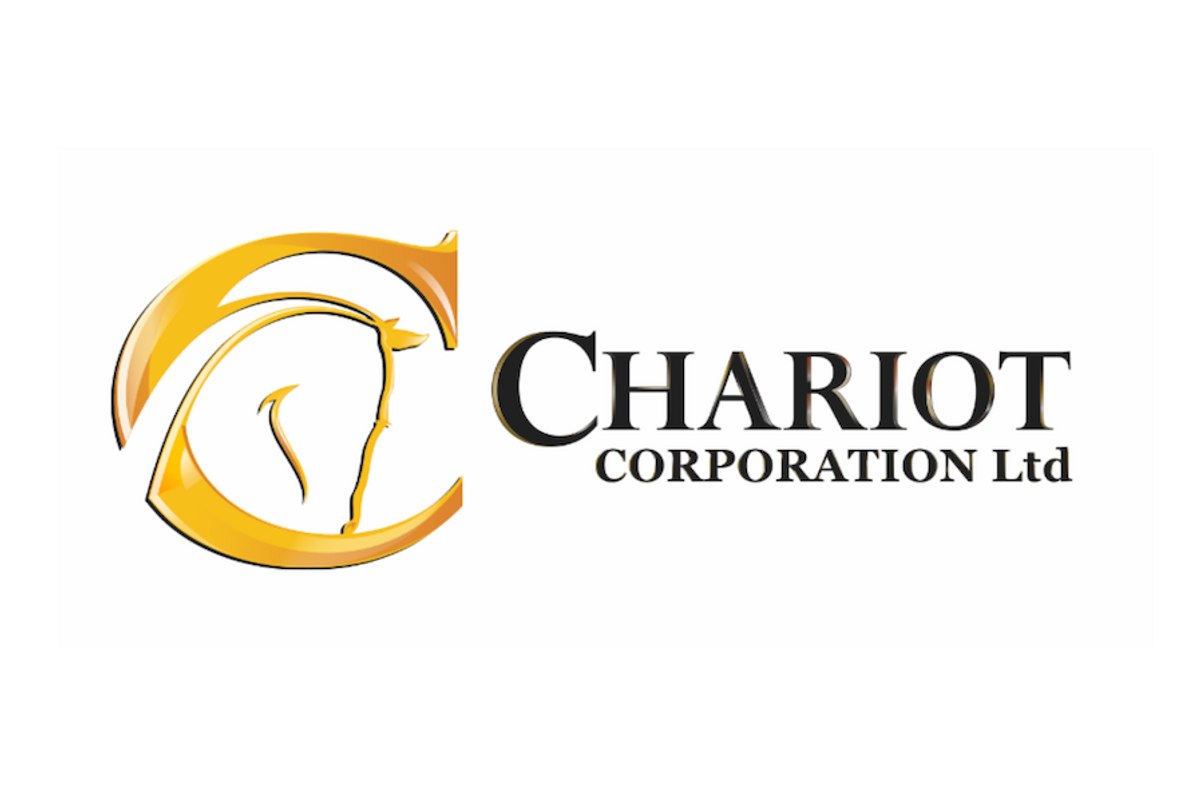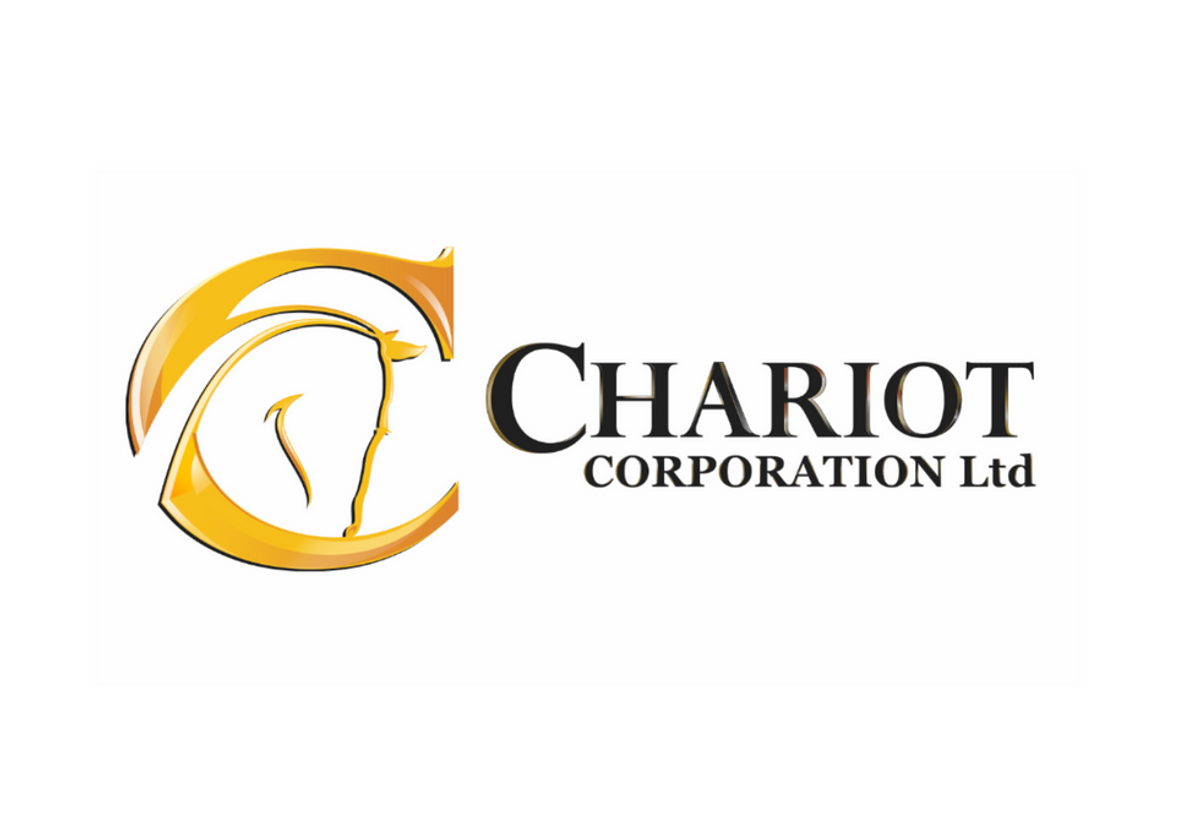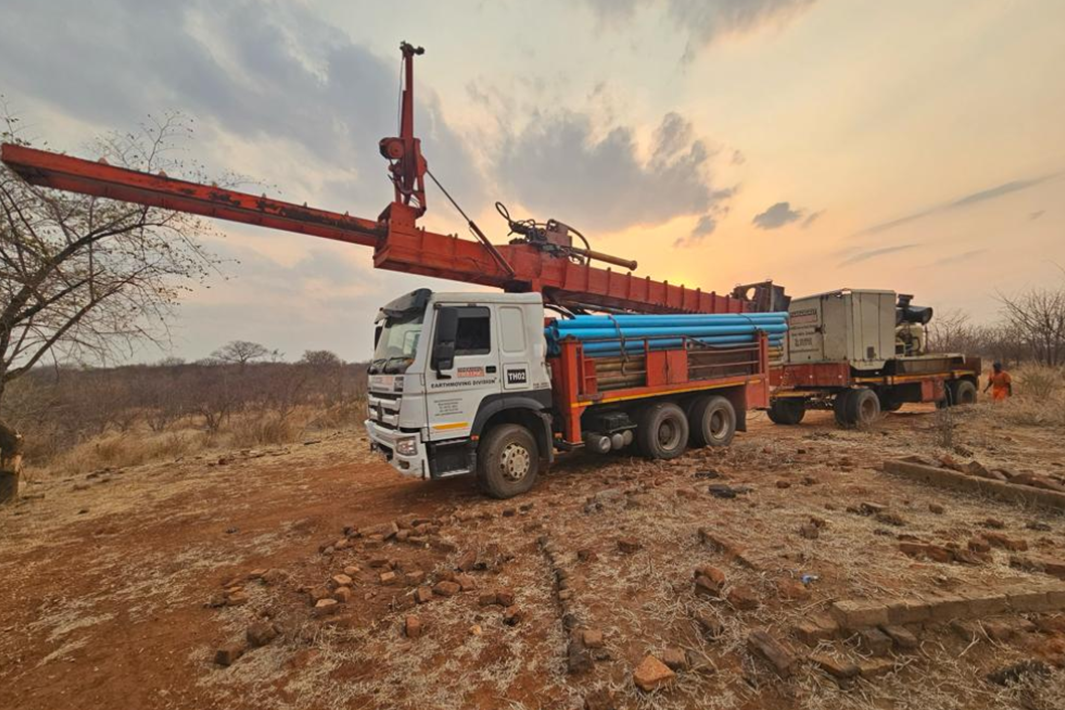
May 02, 2024
Chariot Corporation Limited (ASX:CC9) (“Chariot” or the “Company”) advises it has received the results of drill holes four to nine (the “Last Six Holes”) from the Phase 1 Drill Program at the Black Mountain Project, in Wyoming, U.S.A. (“Black Mountain”).
HIGHLIGHTS:
- Completed Black Mountain Phase 1 Drill Program consisting of nine (9) shallow holes, with a total of 1,132m drilled
- The Phase 1 Drill Program intersected high-grade spodumene mineralisation and has confirmed the exploration potential of Black Mountain and resulted in the identification of a potentially large pegmatite stock at a shallow depth (100 - 200m) to the east of the Phase 1 Drill Program area
- The first three holes (as announced on 2 February 2024), which tested the outcropping pegmatites returned high grade intercepts of 0.8 to 1.12% Li2O over intervals of + 14m
- The last six holes which were assayed subsequent to 2 February 2024, (BMDDH23_04 to 09) intersected broad intervals, 40-85m, containing thin, <1m pegmatite dikes, averaging between 0.1% to 0.2 % Li2O
- Reprocessing and reinterpretation of ground magnetics data shows a large magnetic low at depths of 100m or more, which is likely to be a pegmatite stock and the source of the folded pegmatite sills which are exposed at-surface
- The high-Li and, more significantly, the low-Li pegmatites were both highly fractionated indicating a potential for the low-Li pegmatites to be petrogenetically linked to the spodumene pegmatites as an the low-Li edges of a larger Li-rich pegmatite
- The Company is preparing to lodge an “exploration plan of operations” for the Phase 2 Drill Program that would increase the limit of disturbance from the mere 5 acres under which the Company is currently operating to 2,500 acres
The Phase 1 Drill Program was concluded on 22 February 2024 with a total of 1,132m drilled through nine (9) diamond drill holes (the “Phase 1 Drill Program”). The Phase 1 Drill Program assay results are summarized in Table 1.
Chariot commenced the Phase 1 Drill Program at Black Mountain on 9 November 2023 to determine the widths and grade of outcropping pegmatite dikes in the central portion of the Black Mountain Project with a Boart Longyear LF90 surface diamond core drill rig. The First Three Holes (which were announced on 2 February 2024) tested the outcropping pegmatites and returned high grade intercepts of 0.8 to 1.12% Li2O over intervals of + 14m.
Subsequent to the announcement on 2 February 2024, the Company completed the drilling and assaying of the Last Six Holes, which intersected broad intervals, 40-85m, containing thin, <1m pegmatites dikes, which typically assayed between 0.1% to 0.2 % Li2O.
The Phase 1 Drill Program has provided encouraging results from the First Three Holes. The assay results from the Last Six Holes yielded lower lithium grades but were nevertheless encouraging in terms of the anomalous lithium values and more particularly in terms of the level of fractionation, as shown by the geochemistry of the low-Li pegmatites.
The high-Li and, more significantly, certain of the low-Li pegmatites were both highly fractionated indicating a potential for the low-Li pegmatites to be genetically (and potentially physically) linked to the spodumene pegmatites as the low-Li edges of a larger Li-rich pegmatite.
The Company has in conjunction with the Phase 1 Drill Program, reprocessed and reinterpreted the surface mapping and ground magnetics data, causing the Company’s geologists to modify their initial structural interpretation of the pegmatite dikes as folded but steeply dipping to folded sills (See Figures 1, 2 and 3). Under the revised structural interpretation, it would appear that what is exposed at surface and what was drilled under the Phase 1 Drill Program were folded pegmatite sills which are offshoots from a large unexposed Pegmatite Stock, which manifests as a large magnetic low at depths of 100m or more to the southeast of the location of the Phase 1 Drill Program area (Figure 1).
The intersection of high lithium grades in the First Three Holes, combined with the geochemistry showing similarly high levels of fractionation in both the high-Li and certain of the low-Li pegmatites, and the reprocessed ground magnetics data indicate the potential for a large LCT pegmatite system that should be tested through additional exploration.
The combination of a restrictive 5 acre disturbance limit under the drilling permit obtained by the Company and adverse weather conditions severely limited the extent of drilling that could be completed during the Phase 1 Drilling Program.
The Company is eager to advance to the next phase of drilling at Black Mountain and is positioning itself to do so with a substantially liberalized disturbance limit.
Click here for the full ASX Release
This article includes content from Chariot Corporation, licensed for the purpose of publishing on Investing News Australia. This article does not constitute financial product advice. It is your responsibility to perform proper due diligence before acting upon any information provided here. Please refer to our full disclaimer here.
CC9:AU
The Conversation (0)
07 February
Chariot Corporation
Largest lithium exploration land holdings in the US
Largest lithium exploration land holdings in the US Keep Reading...
27 March
Second Amendment to Black Mountain Purchase Option
Chariot Corporation (CC9:AU) has announced Second Amendment to Black Mountain Purchase OptionDownload the PDF here. Keep Reading...
26 March
Convertible Note Financing of up to A$2.0 Million
Chariot Corporation (CC9:AU) has announced Convertible Note Financing of up to A$2.0 MillionDownload the PDF here. Keep Reading...
18 February
High-Potential WA Lithium & Gold Tenements Secured
Chariot Corporation (CC9:AU) has announced High-Potential WA Lithium & Gold Tenements SecuredDownload the PDF here. Keep Reading...
31 January
Quarterly Activities/Appendix 5B Cash Flow Report
Chariot Corporation (CC9:AU) has announced Quarterly Activities/Appendix 5B Cash Flow ReportDownload the PDF here. Keep Reading...
26 November 2024
Black Mountain Phase 2 Program has Commenced
Chariot Corporation (CC9:AU) has announced Black Mountain Phase 2 Program has CommencedDownload the PDF here. Keep Reading...
11 December
Mining the Gap: 5 Forces Shaping North America’s Lithium Supply Chain
A convergence of industry investments, government initiatives and a shifting global trade dynamic is creating an environment ripe for the development of a North American battery supply chain, with lithium playing a leading role. These trends are reshaping the region’s industrial base and opening... Keep Reading...
10 December
Rock Bottom: Strategic Window for Ground-level Lithium Investment
When lithium prices hit bottom, savvy investors know that’s exactly where the next big discovery begins — literally. Beneath the surface of global markets and remote exploration grounds, new opportunities are forming in the wake of a sharp price reset and renewed geopolitical urgency.Recent... Keep Reading...
10 December
Liontown Resources Pens Lithium Offtake Agreement with China's Canmax
Liontown Resources (ASX:LTR,OTC Pink:LINRF) has executed a binding offtake agreement with Chinese conglomerate Canmax Technologies (SZSE:300390) as part of its strategy to diversify its customer base.“Listed on the Shenzhen Stock Exchange, Canmax is one of the world’s leading manufacturers of... Keep Reading...
08 December
Trading Halt
Jindalee Lithium (JLL:AU) has announced Trading HaltDownload the PDF here. Keep Reading...
05 December
Livium Receives A$663k in RsD Tax Incentive Rebates for VSPC
Livium Ltd (ASX: LIT) (“Livium” or the “Company”) advises that it has received A$663,000 in research and development ("R&D") tax incentive rebates from the Australian Tax Office for the 2025 financial year ("FY25"), relating to its wholly owned subsidiary VSPC Pty Limited ("VSPC"). The rebate... Keep Reading...
01 December
Why SQM Says Social Dialogue is Key to Sustainable Lithium
As scrutiny continues to intensify across the battery metals supply chain, the conversation around sustainability has moved far beyond carbon footprints. At this year’s Benchmark Week, Stefan Debruyne, director of external affairs at Sociedad Quimica y Minera de Chile (SQM) (NYSE:SQM), made that... Keep Reading...
Latest News
Interactive Chart
Latest Press Releases
Related News
TOP STOCKS
American Battery4.030.24
Aion Therapeutic0.10-0.01
Cybin Corp2.140.00







